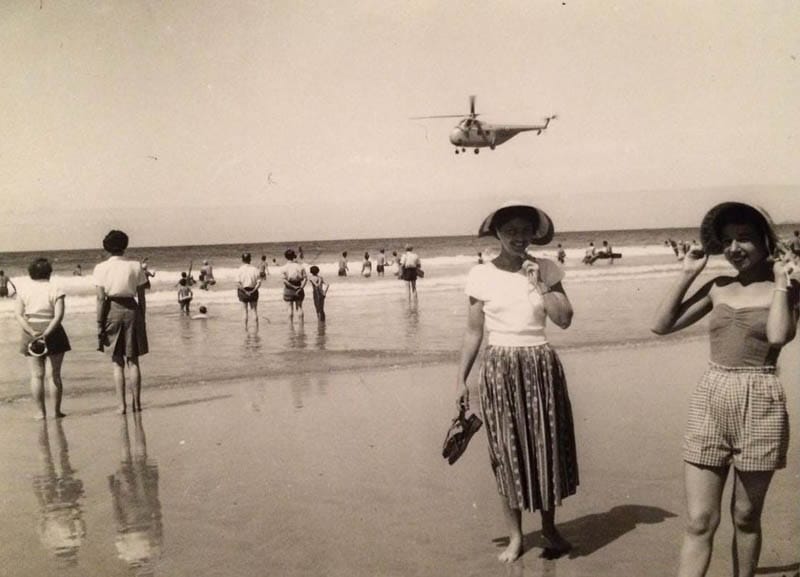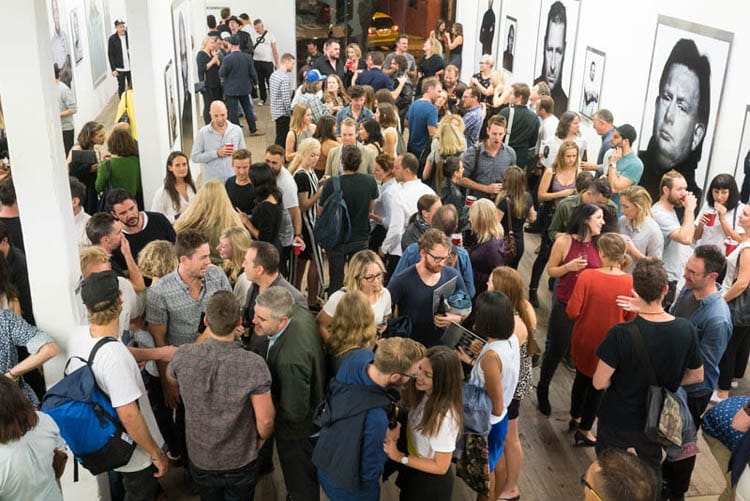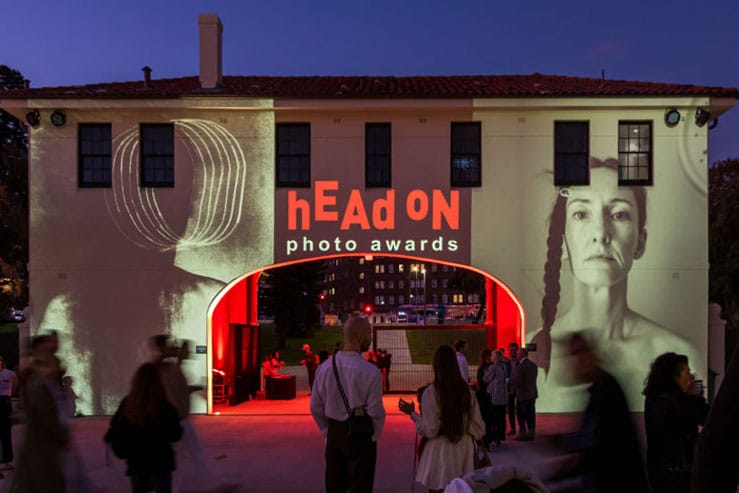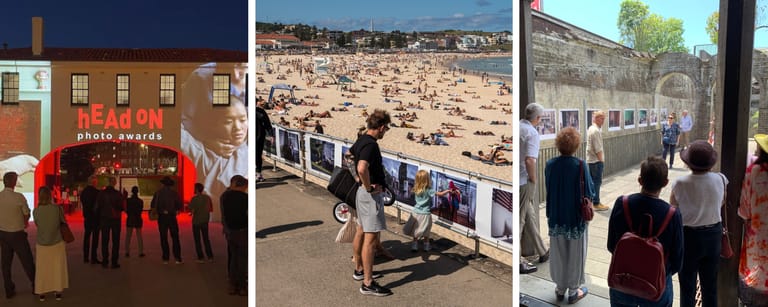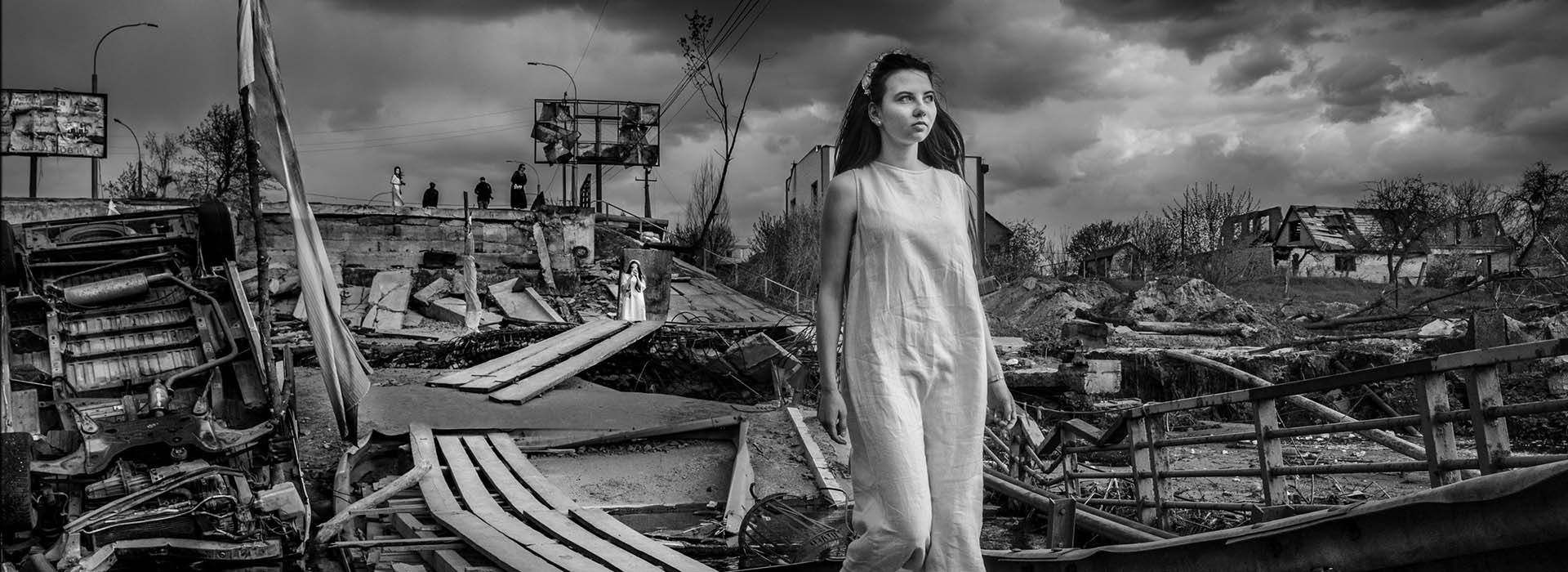On a wet autumn day in Brighton, UK, I spent an afternoon rifling through a box of photographs tucked away at the back of a flea market. Among those I selected from endless piles were a few photographs of a woman with her pet budgerigar. The photographs were carefully composed to include a mirror, capturing different angles, and I was drawn to the fun and glamour of the images.
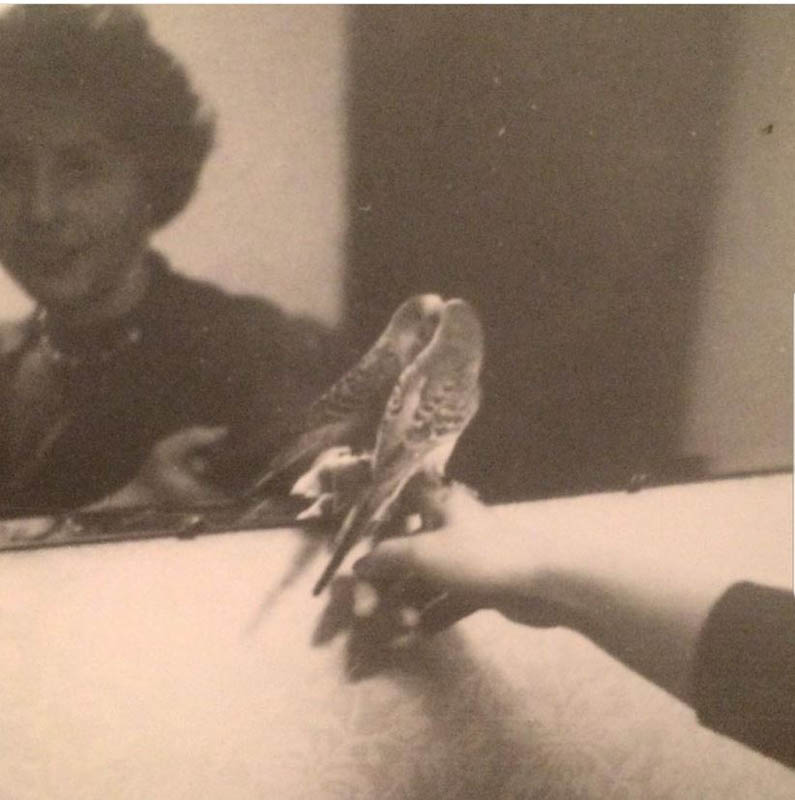
I’m one of those people who collect other people’s snapshots. My interest is in the visual and social aspects of snapshots and ‘snapshotting’. I look for commonalities in what people chose to photograph – births, birthdays, family gatherings, holidays, pets – moments that someone believed were important to capture and keep, but have now been thrown away.
Surveying my purchases at home, I realised I’d inadvertently picked up more photographs of the same woman, taken on a beach holiday. I was puzzled by a surreal image of her posing and smiling as a helicopter patrolled overhead in the distance. On a second visit to the flea market, I found more snapshots of the same woman: here she was with her parents and her pet terrier, and in another, perhaps a boyfriend? Some of these were clearly taken by family members and friends; others by commercial street photographers, common at beach resort towns, who’d take your picture as you walked the promenade in the hope you’d buy a print later. On another visit, I found studio portraits and more snaps, taken on hiking trips and seaside breaks, but it remained unclear who she was. Why had her life’s photographs been dispersed and discarded?
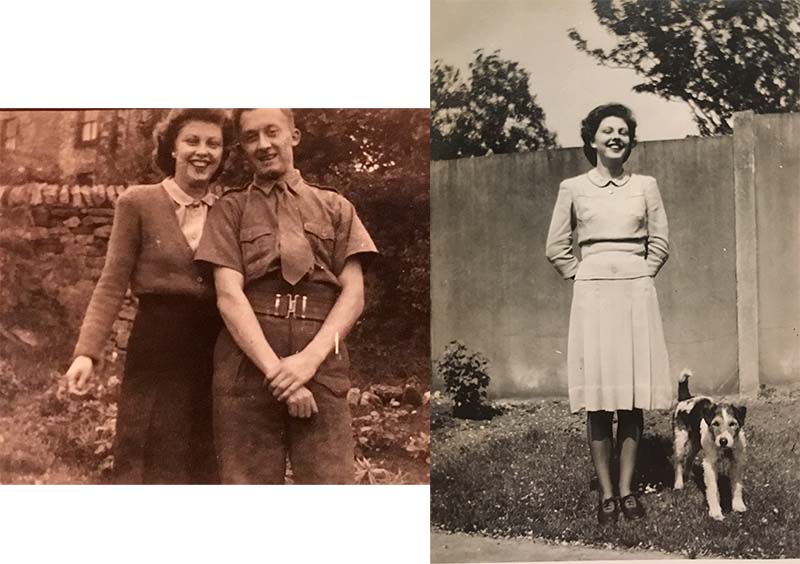
The collecting of snapshots is gaining cultural attention and space. International galleries and museums are accepting and showing snapshot photography. Two key collections – those of Thomas Walther and Peter J. Cohen – have featured in exhibitions at the Victoria and Albert Museum in London, and The Metropolitan Museum and MoMA in New York. Documentaries and articles are highlighting the cultural, social and even monetary value of snapshots, and an auction at New York’s Swann Galleries in 2014 – ‘The Vernacular Eye: Photographic Albums, Snapshots & Objects’ – saw sales ranging from $US200 to $US20,000.1
At the same time, family snapshots remain a fixture in flea markets. In this increasingly digital age, people scan their family photographs and dispose of the prints and bound photo albums. Personally, I find this a loss. Compared to digital images, snapshot photographs – often small, gelatin silver prints – embody a real sense of touch. They’ve been printed, pasted, gifted, loved, shared, inscribed, preserved. The signs of touch are often in fragments attached or adhered to the photograph’s surface: torn black paper ripped from the pages of a family album; the fingerprint of a former owner, etched into the chemistry of the photograph; stamped advertising slogans; written captions declaring intentions, recalling memories, stating preferences, expressing love, all pressed into the verso, showing through the image on the other side. Each unique story is told through the material and textual remains, and solidified by the feeling of the photograph in your hand.

There’s intrigue, too, in deciphering stories from the people, places and objects depicted, itself a part of our natural human curiosity and voyeuristic desire to peer into other people’s lives. As Barbara Levine observes, “there is a rush of feeling that something I was never meant to see is in my hands.”2
In the photographs I bought, the woman always seems happy. I’d like to think she was, but I know too the snapshot is selective and performative, not fully reflective of the lived experience. War, sickness, division, discrimination, emotional turmoils, financial pressures, and death are well concealed, the underlying issues hidden in the arrangement of carefully posed, smiling faces. As Patricia Holland notes, this is a ‘deceptive innocence’. Still, and however misleading, snapshots offer a strange reassurance in their representation of apparently happier times.

In three visits to the flea market over two years, I collected numerous photographs of the woman, documenting much of her early life. My assumption was that she’d lived in Brighton and recently died, and that the pictures were sourced from an estate sale. I never discovered her name. As with most found objects, we’ll never know the reality of the images, what happened to the people in them and the trajectory that led to the photographs being discarded.
Through collecting, we give these photographs a sort of after-life.

Once they’re divorced from their original setting, owner, and creator, they come to inhabit a new existence through the imagined narratives we place on them, imprinting meaning based on our own lived experiences, perceptions, and beliefs. Every snapshot is simultaneously unimportant and unique. An image unimportant enough to be discarded, despite there being no other.
[1] Patricia Holland, ‘Introduction: History, Memory and the Family Album’, in Family Snaps: The Meaning of Domestic Photography, eds. Patricia Holland and Jo Spence (London: Virago Press, 1991), 1-14.
[2] Barbara Levine, ‘Collecting Photo Albums’, in Snapshot Chronicles: Inventing the America Photo Album (New York: Princeton Architectural Press, 2005), 17.
About the author
Catlin Langford is the inaugural Curatorial Fellow in Photography at London’s V&A Museum, supported by the Bern Schwartz Family Foundation. She is presently working on an upcoming publication with Thames & Hudson/V&A on autochromes, the first widely available colour photography process. Catlin Langford has held positions at the Royal Collection Trust, Royal College of Art and Guildhall School. She completed her Masters at the Courtauld Institute of Art in 2016, focusing on the curation of vernacular photographs.
Photographers/Artists
Unknown (found photographs)








